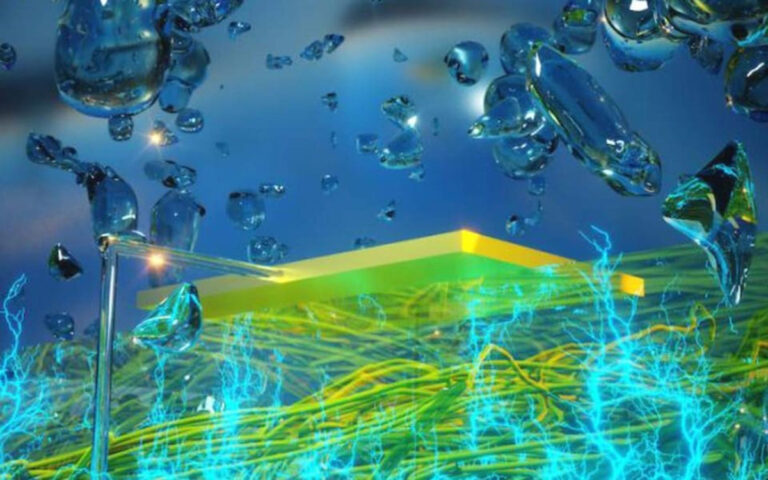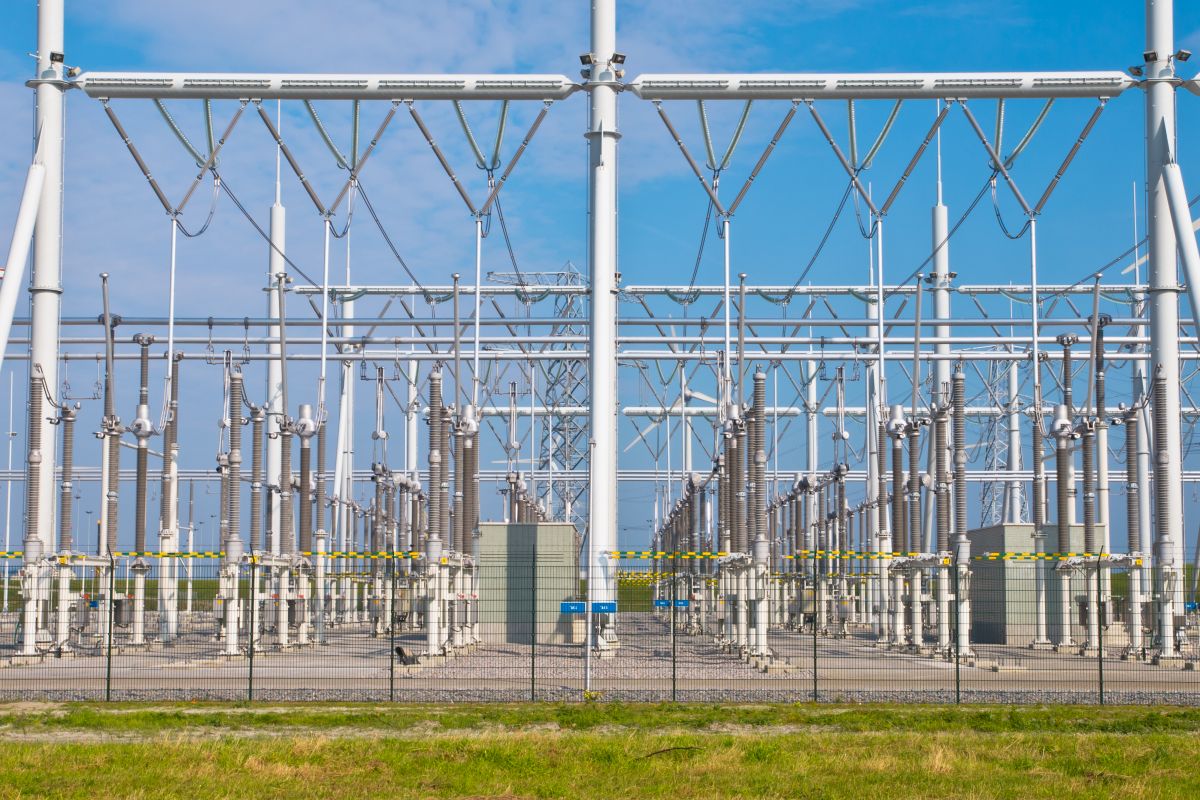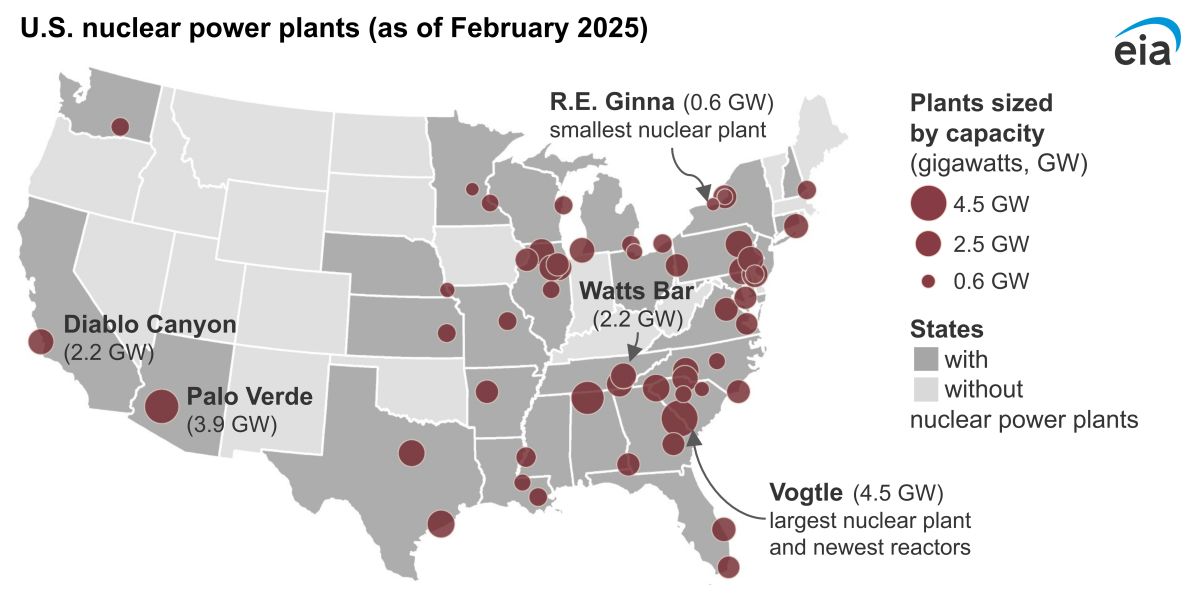An academic paper has revealed that scientists have created a cloud device that harvests clean energy out of thin air, just like the replicator on Star Trek: The Next Generation. It is a mobile electricity generation device that uses a network of protein nanowires to turn the ambient humidity in the air into contained, synthetic thunderstorms. It is called Air-gen.
Scientists have said that this ‘human-built, small-scale cloud’ can ‘predictably and continuously’ produce electricity. It can do so in many different conditions, unlike solar cells and turbines, which are dependent on the sun and the wind.
This new technology called Air-gen could transform the production of green energy. It could potentially be the solution to providing inexpensive and sustainable power to cars, planes, and trains.
What Was ‘The Replicator’ in Star Trek: The Next Generation?
The replicator in Star Trek: The Next Generation was a very important piece of technology – it was used to provide food and water to the starships. The principle behind the device was the same as a transporter – making matter out of energy.
The main reason for adding these replicators to the series was to create curiosity and to regularly use futuristic special effects. In general, they were shown to create matter from energy, with the concept of Star Trek energy being fundamental to their function, and could create matter back into energy, like when the characters put their dishes and cutlery back into the replicator to be dematerialized. However, it was never clearly mentioned on screen how they were powered.

What’s This New Device That Harvests Clean Energy Out of Thin Air?
Air-gen is a fingernail-sized contraption, made from material that has holes ‘less than a thousandth of the width of human hair.’ These holes are called nanopores, and they harvest the energy from electrically charged water in the air, which passes through them to make clean energy. Basically, Air-gen harnesses the power in clouds, which makes lightning.
According to the senior author of the study, Dr. Jun Yao of Massachusetts University Amherst, “The air contains an enormous amount of electricity.” He added, “Think of a cloud, which is nothing more than a mass of water droplets.”
“Each of those droplets contains a charge, and when conditions are right, the cloud can produce a lightning bolt,” said Dr. Yao, “but we don’t know how to reliably capture electricity from lightning.”
Energy Out of Thin Air: Unveiling the Mechanism
Dr. Yao’s Air-gen takes care of this problem by replicating the conditions of energy-rich thunderclouds. It traps the charged water vapor in a network of nanoscale pores. This technique may be used with various different materials in order to harvest energy. However, it is essential that the holes are smaller than 100nm (nanometers), so that ‘the distance of a single molecule of water vapor can float in midair before it bumps into another.’
“Literally any kind of material can harvest electricity from the air, so long as it can be shaped into the tiny, 100 nm pore system,” Dr. Yao said.
Dr. Yao and his team of scientists are hopeful that their ultra-modular and portable concept may one day be deployed under various conditions around the globe.
Conclusion
The invention of Air-gen demonstrates the immense potential of innovative technologies in addressing the global energy crisis. Just as open-source email systems have revolutionized digital communication frameworks, Air-gen has the promise to transform how we generate clean energy. With its ability to harness energy from thin air under diverse conditions, it opens up new possibilities for sustainable power generation on a global scale, holding great promise for the future of energy and technology.
Disclaimer: Any opinions expressed in this blog do not necessarily reflect the opinions of Certrec. This content is meant for informational purposes only.











